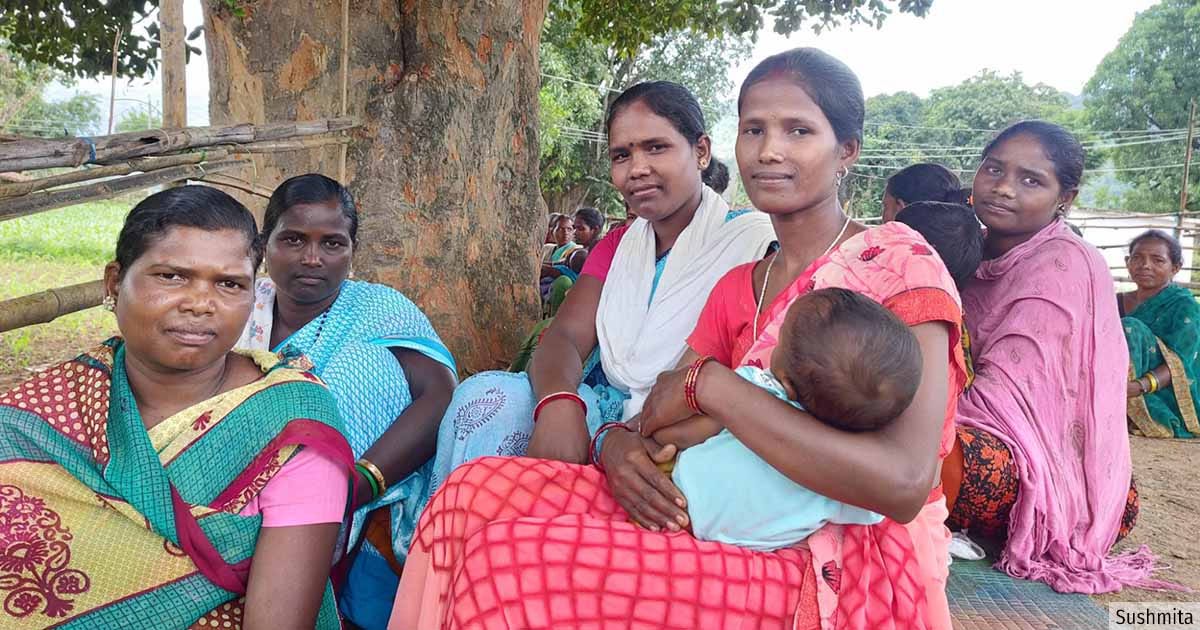India's Millets Boom Isn't Helping Farmers' Incomes
Also this week: Heartening impact of our work, how ancient wisdom is fostering green architecture, and continuing man-animal conflict
Hello
NEWSROOMS have various yardsticks to measure the quality and efficacy of the work they do: unique users, repeat visitors, page views, time spend…
The lens(es) a newsroom choses to measure its work depends on what it hopes to accomplish.
IndiaSpend is a niche site—or more accurately, a niche nestled within a niche. We do data-centric journalism and, even within that category, we tend to focus on a few themes: climate change and environment, healthcare, education and livelihoods, gender issues, etc.
For sites such as ours, unique users and page views are not useful yardsticks—what we focus on, above all else, is impact.
Back in December 2023, Sushmita reported from Jharkhand on how a community impacted by climate change was finding its own solutions, without waiting on government interventions to solve their problems for them.

The Pulitzer Center took note, and has announced funding for a project that draws inspiration from Sushmita’s story and seeks to promote experience sharing between small farmers in Mozambique.
We couldn’t be more thrilled—because climate change is too critical to our future, and to the future of our planet, to be left solely in the hands of governments. While COP and similar initiatives seek top-down solutions, we believe that those who understand climate change best are the communities that are in the crosshairs, and that it is necessary to tell their stories, learn the lessons they have to teach about coping, about mitigation, and share those stories in the hope that other communities, in other parts of the world, will also benefit.
It's not like we are going to cut a cake or anything—but we will end this working week feeling that bit better about the work we do. And speaking of work…
Millet farmers in the doldrums

A Niti Aayog report dated July 2023 warned that there will be a 40% drop in freshwater availability by 2030.
Shorn of jargon, the report warns that our depleting groundwater reserves, coupled with a growing population and rising demand, could trigger a water crisis in the foreseeable future that affects not merely India, but the world as a whole.
Government figures indicate that 87% of total groundwater is consumed by the agriculture sector, and the National Water Policy seeks ways and means to reduce this dependency.
The cultivation of millets ticks all appropriate boxes. Millets are hardy, making them most suitable for semi-arid conditions. Millet cultivation uses far less water than either rice or wheat. And in a world increasingly aware of the value of healthy eating, millets are a no-brainer—the grain contains more protein than rice, and more iron than both wheat and rice, important considerations in a country where malnutrition is rife.
Given this, you would expect that farmers who switch from rice and wheat to millets will strike it rich. They don’t—for a variety of reasons that Sneha Richhariya explores in her deep dive into the plight of millet farmers in Rajasthan.
Ancient wisdom, architectural aesthetic combine to create a wonder

Locals call it Jingkieng Jri.
The Living Root Bridges of Meghalaya are ficus-based connectivity solutions nestled within the dense subtropical moist broadleaf forests of the region.
LRBs, grown primarily by the indigenous Khasi tribes, connect over 75 remote villages in and around one of the wettest regions on earth, standing as living monuments to the ingenuity of an ancient culture and the value of collective cooperation as a fundamental building block of life.
Drawing on this ancient knowledge, North-Eastern Hill University in Shillong has designed, and is now building, a ten-foot tall pavilion featuring steps that, in the fashion of LRBs, will grow on their own.
Azeera Parveen Rahman reports on this great example of adapting indigenous ingenuity to modern green architecture. The project, which is seen as a step towards finding solutions that will make cities cooler and more liveable, speaks to a growing awareness that humans need to live with Nature, not despite it.
Five down, one wolf to go
The latest front in the ongoing man-animal conflict was opened in Bahraich, in Uttar Pradesh, where over the past month and a half, a rogue pack of six wolves have terrorised locals.
Thus far, at least ten people—including nine children—have been reported killed and at least 36 others injured in attack by the pack, triggering a massive seek-and-capture operation across the district.
In good news of sorts, Azeem Mirza for IndiaSpend Hindi reports that the fifth of the rogue wolves has been captured, leaving just one more at large. Fingers crossed…
More next week… until then, stay safe, stay healthy.


